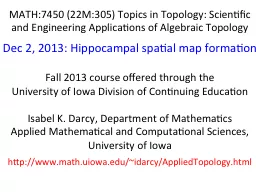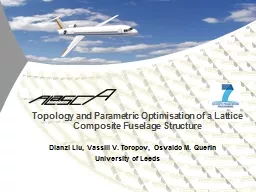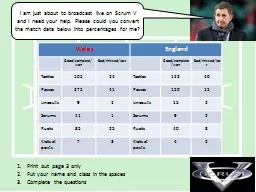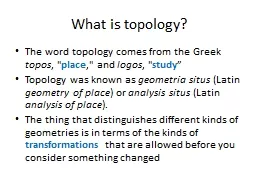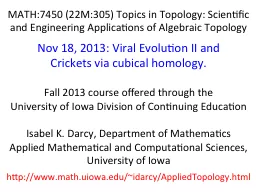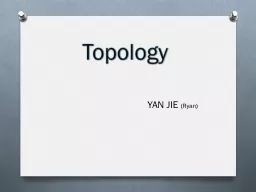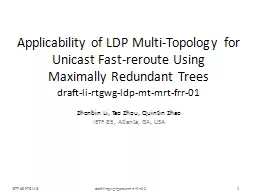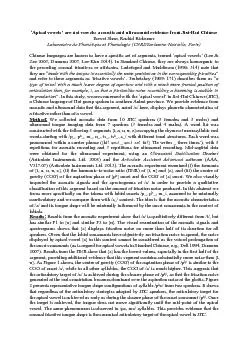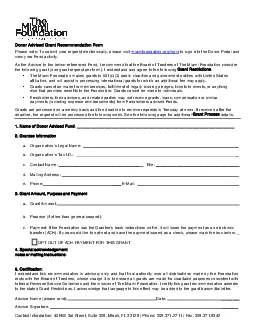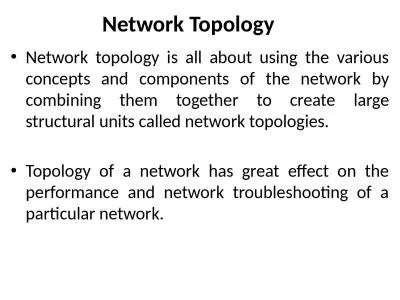PPT-MATH:7450 (22M:305) Topics in Topology: Scientific and Engi
Author : calandra-battersby | Published Date : 2017-04-03
Dec 2 2013 Hippocampal spatial map formation Fall 2013 course offered through the University of Iowa Division of Continuing Education Isabel K Darcy Department
Presentation Embed Code
Download Presentation
Download Presentation The PPT/PDF document "MATH:7450 (22M:305) Topics in Topology: ..." is the property of its rightful owner. Permission is granted to download and print the materials on this website for personal, non-commercial use only, and to display it on your personal computer provided you do not modify the materials and that you retain all copyright notices contained in the materials. By downloading content from our website, you accept the terms of this agreement.
MATH:7450 (22M:305) Topics in Topology: Scientific and Engi: Transcript
Download Rules Of Document
"MATH:7450 (22M:305) Topics in Topology: Scientific and Engi"The content belongs to its owner. You may download and print it for personal use, without modification, and keep all copyright notices. By downloading, you agree to these terms.
Related Documents

